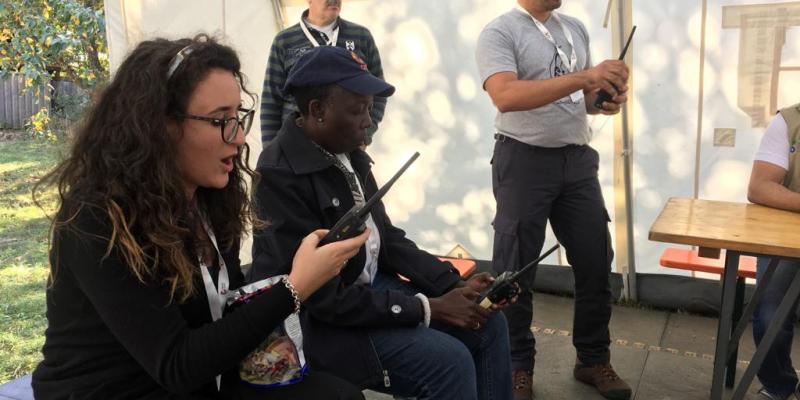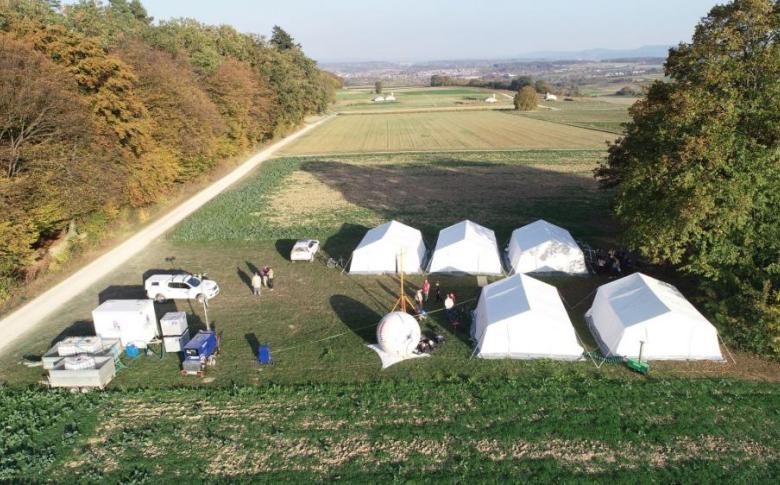Geared.UP and ready to deploy
The exercise is intense, it’s tiring, and it’s as near-field conditions as possible. The latter being one of the simulation’s most important and distinct features.
Within just six months of completing the exercise, Patrick, like dozens before him, was deployed. Within an instant, what he had learned was no longer just a training exercise, it was reality.

Patrick McKay: Less than five months after gear.UP ended, cyclone Idai hit Mozambique. My experience in gear.UP had primed me really well, so I was prepared with offline Beira maps cached, and what I called “the grid block” technique into practice to map the city. Gear.up was the first time I had to do large area mapping without internet access in the field, and under a very tight deadline.
Carlotta Negri (Coordination Officer, Logistics Cluster, Yemen): When I returned to Yemen, my duty station at the time, I realised that much of what I learned during gear.Up, could also be applied not only to sudden onset crises, but also protracted emergencies – perhaps more so in certain aspects. It always remains critical to exchange with partners, to listen to both their needs and to capitalize on their expertise to ensure an effective and coordinated response.
Martin Falebrand (Project Manager, Ericsson Response, Sweden): I have been deployed to several humanitarian disasters both before and after gear.UP. For me it was very much to step up and try another role, that I might be deployed as in coming missions. Recently I was deployed to Mozambique. I was not there as ETC Coordinator or wingman, but with more knowledge in that work, it was much easier to provide support and take the right decisions.

